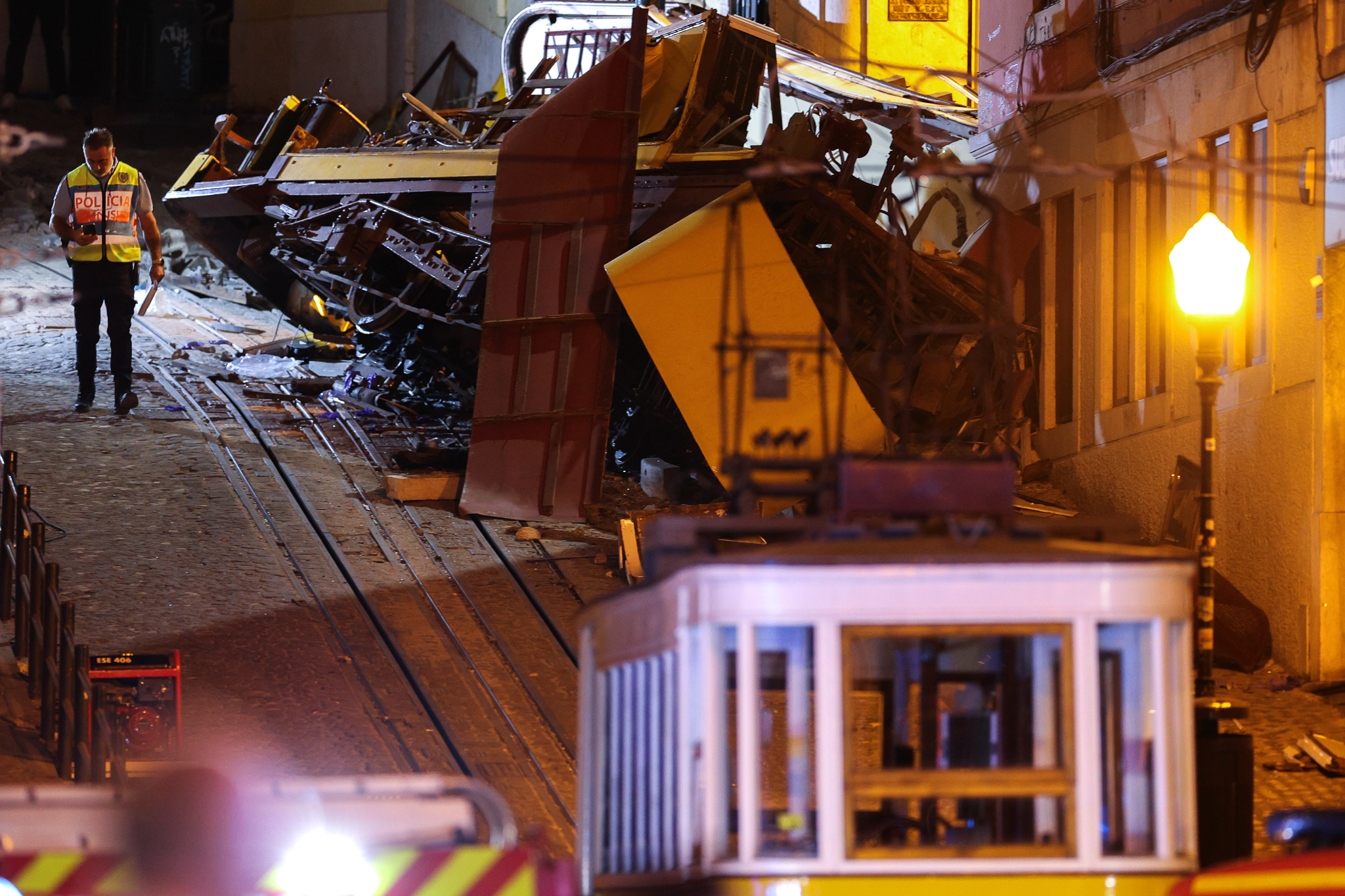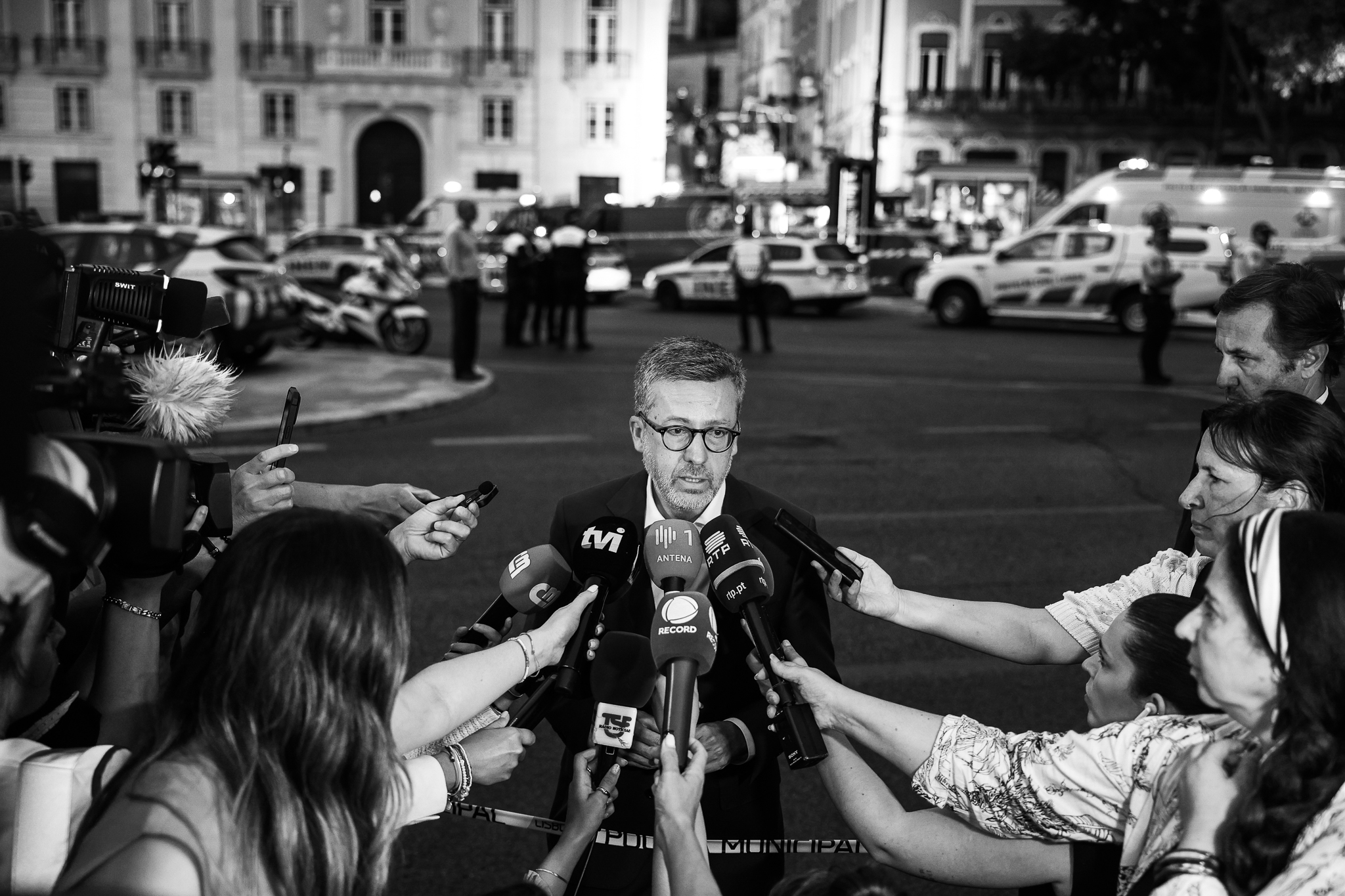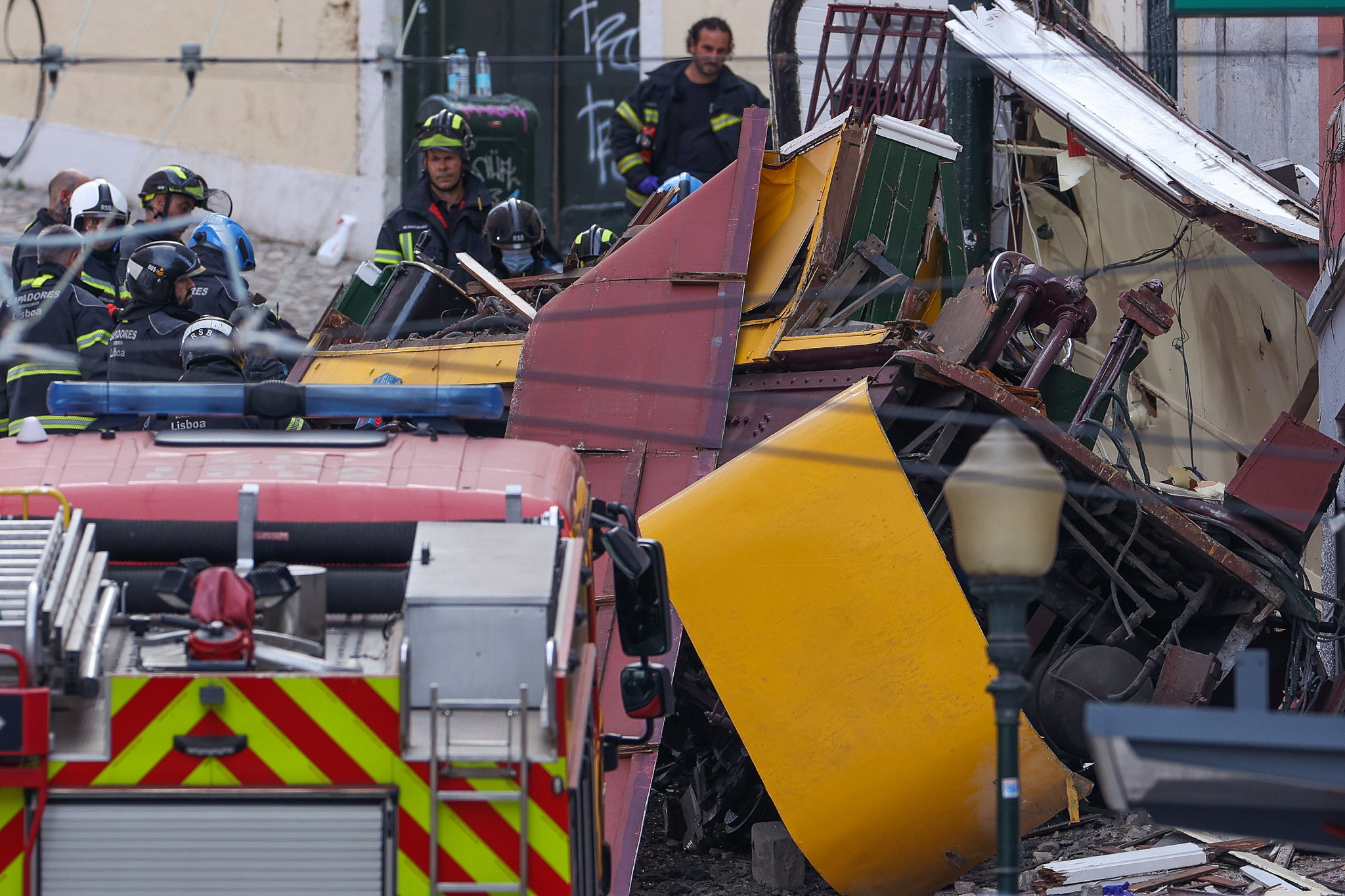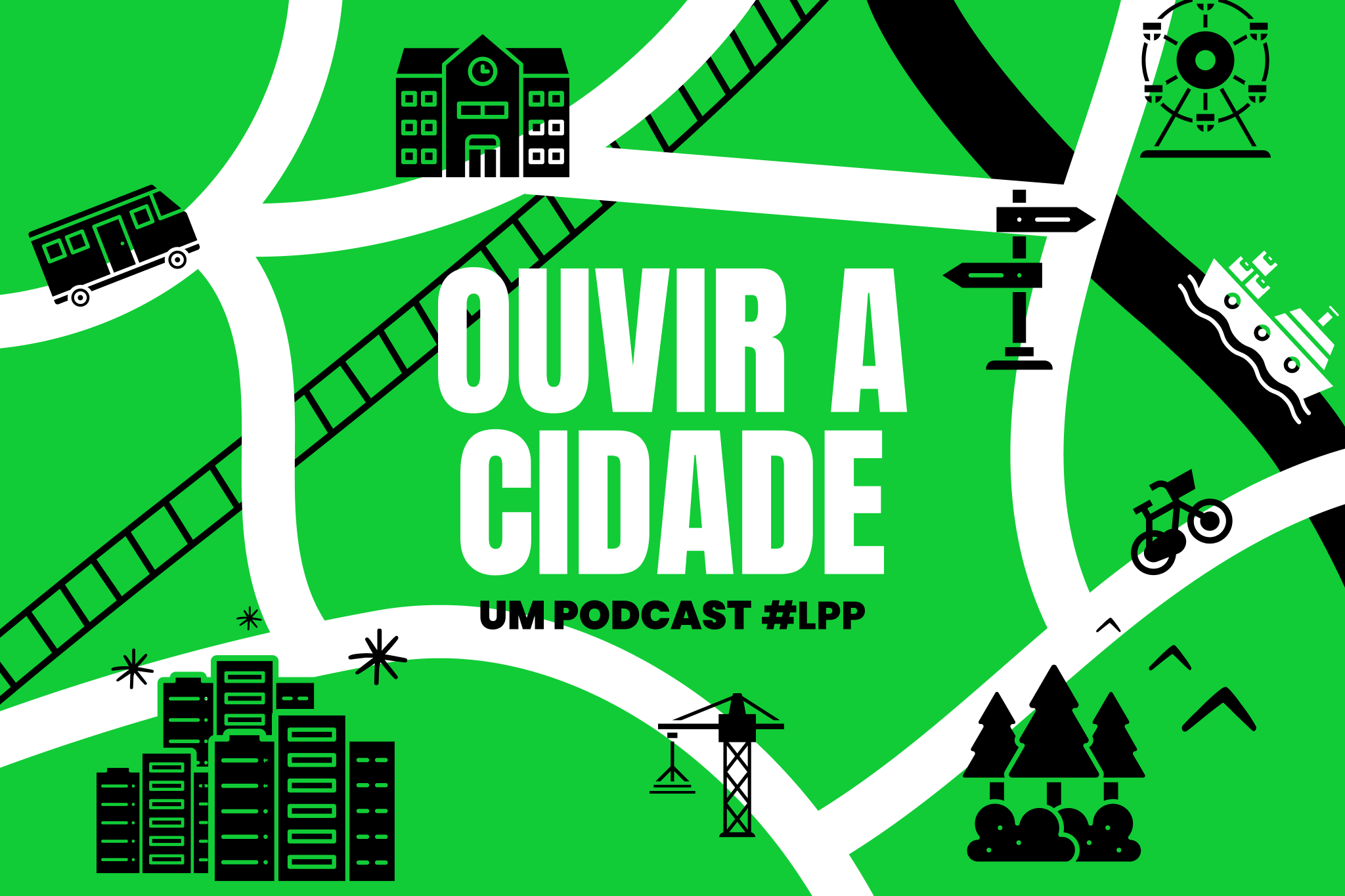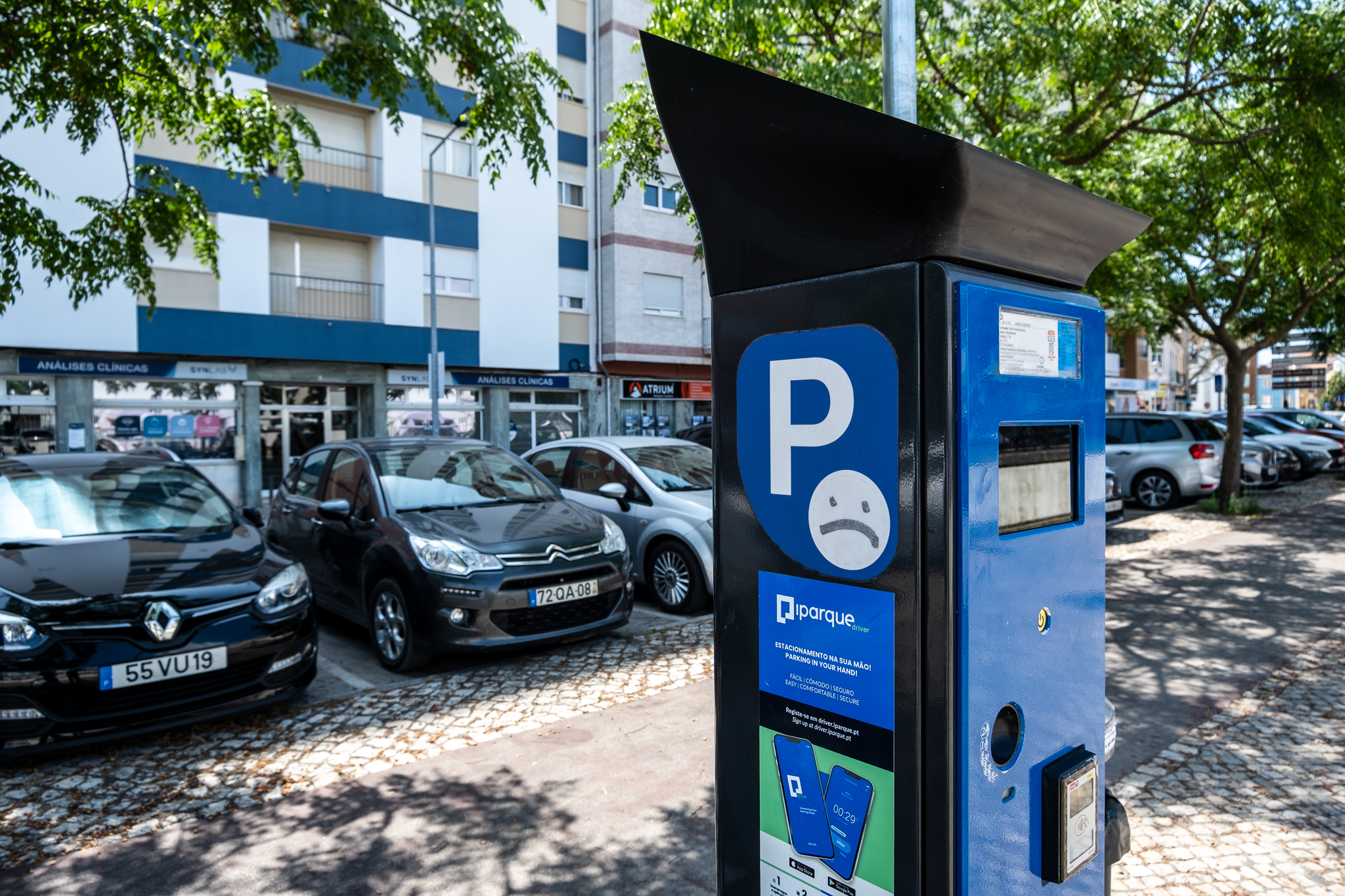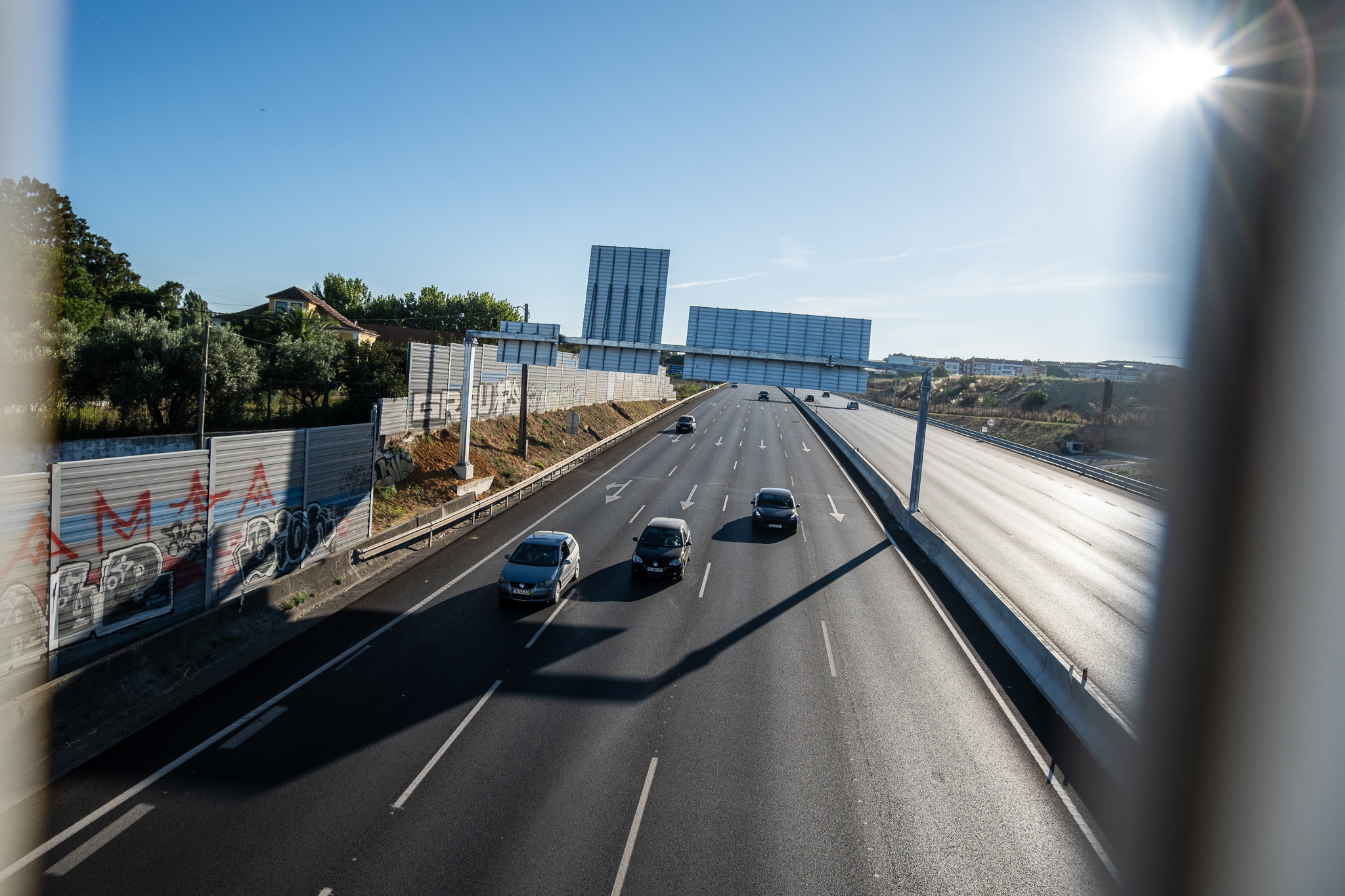A Praça do Brasil, a principal entrada da cidade de Setúbal para quem chega de transportes públicos, vai passar a ser uma praça pedonal, com áreas verdes, um parque infantil e zonas de estadia. Os carros serão deslocalizados para uma praceta escondida entre prédios.

A principal porta de entrada de Setúbal para quem chega de transportes públicos vai ganhar uma nova praça, mais humana e sem carros. A Câmara Municipal de Setúbal iniciou, recentemente, a obra de requalificação da Praça do Brasil, acabando com o estacionamento e deslocalizando-o para imediações, de modo a criar uma vasta área de lazer.
A empreitada, adjudicada à empresa Decoverdi por cerca de 475 mil euros, deve ficar pronta em quatro meses. Nessa altura, a Praça do Brasil vai apresentar-se como uma área moderna, sem estacionamento, totalmente dedicada ao usufruto da população. Passará a contar com três áreas verdes, um parque infantil inclusivo e uma ampla área pedonal, que servirá tanto para atravessamento como para estadia e convívio – uma praça para ser usufruída tanto pelos moradores, como por quem a utiliza as estações ferroviária e rodoviária. A estrutura verde será reforçada com mais de duas dezenas de árvores e perto de dois mil arbustos.
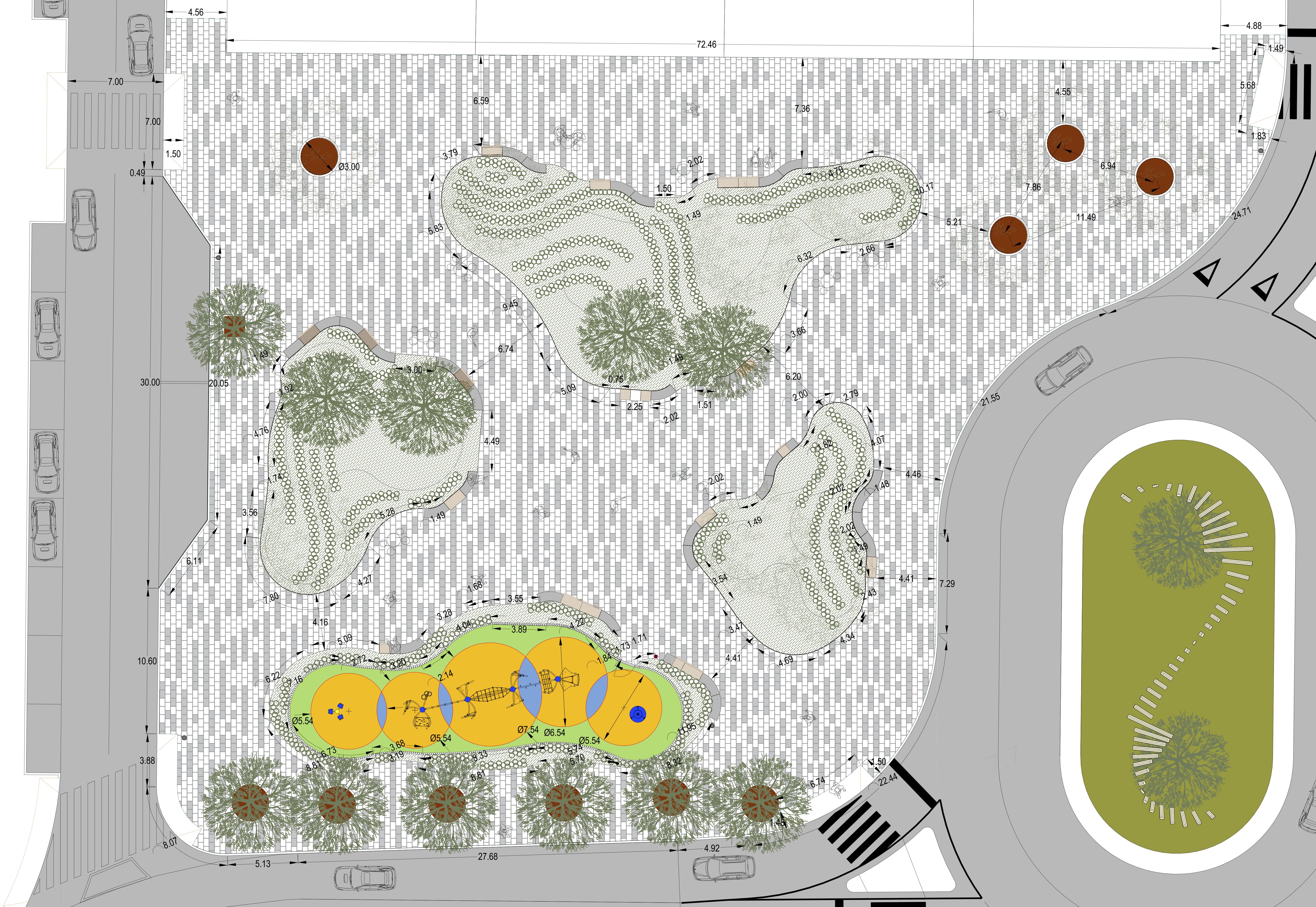
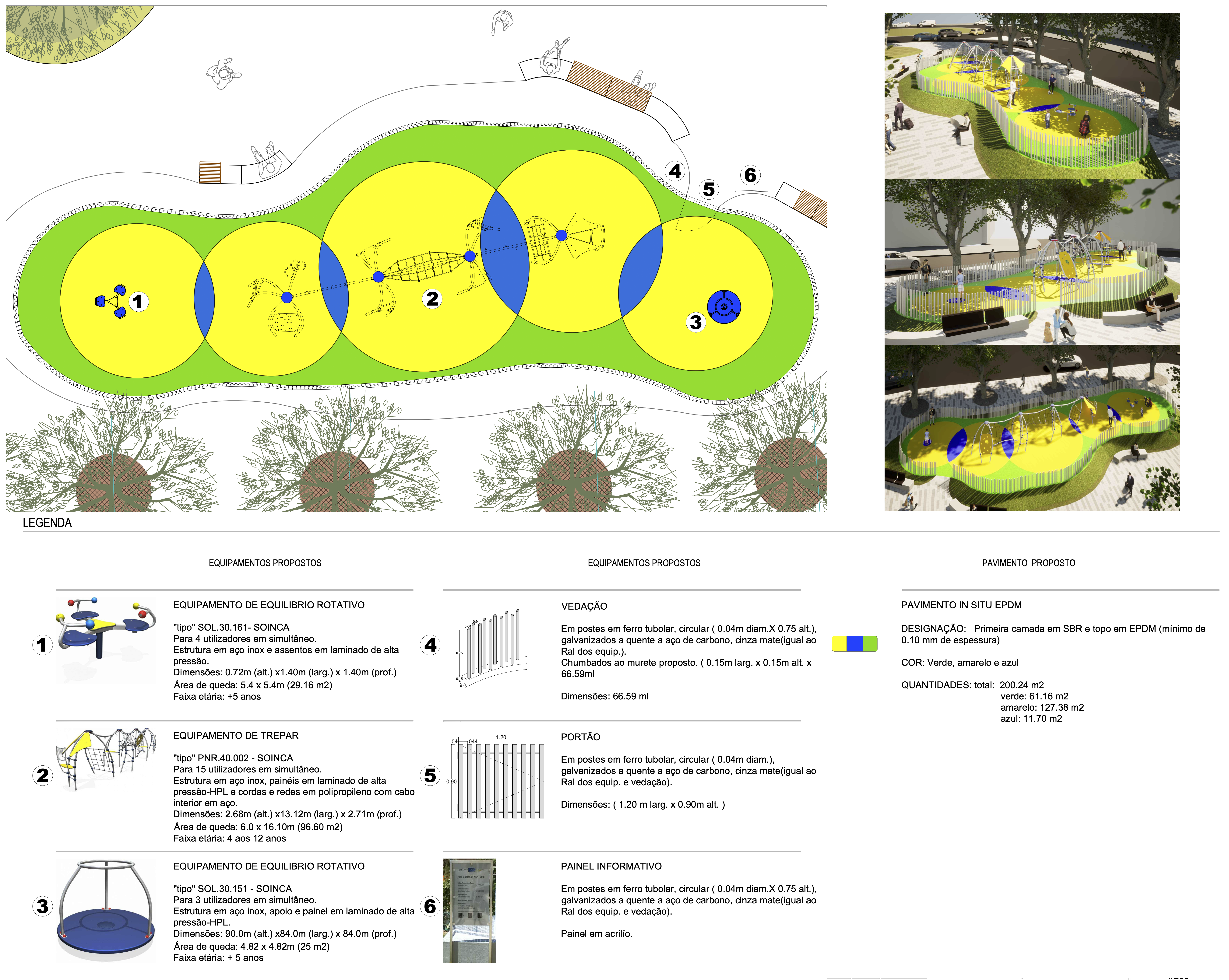
A Praça do Brasil deixa, assim, de ter parqueamento, que foi a sua principal função nas últimas décadas, sendo os veículos transferidos para a Praceta Quinta do Tavares, onde decorre a primeira fase da obra. Esta praceta, situada nas traseiras dos edifícios do lado norte da Praça do Brasil, vai passar a estar praticamente toda dedicada a estacionamento automóvel, passando a dispor de 112 lugares – mais 58 do que os actuais – para utilização exclusiva e gratuita dos moradores (mediante dístico requerido junto da Câmara). A praceta vai perder o seu actual parque infantil, bem como as suas outras funções de lazer e estadia, uma vez que estas são transferidas para a entrada da cidade.
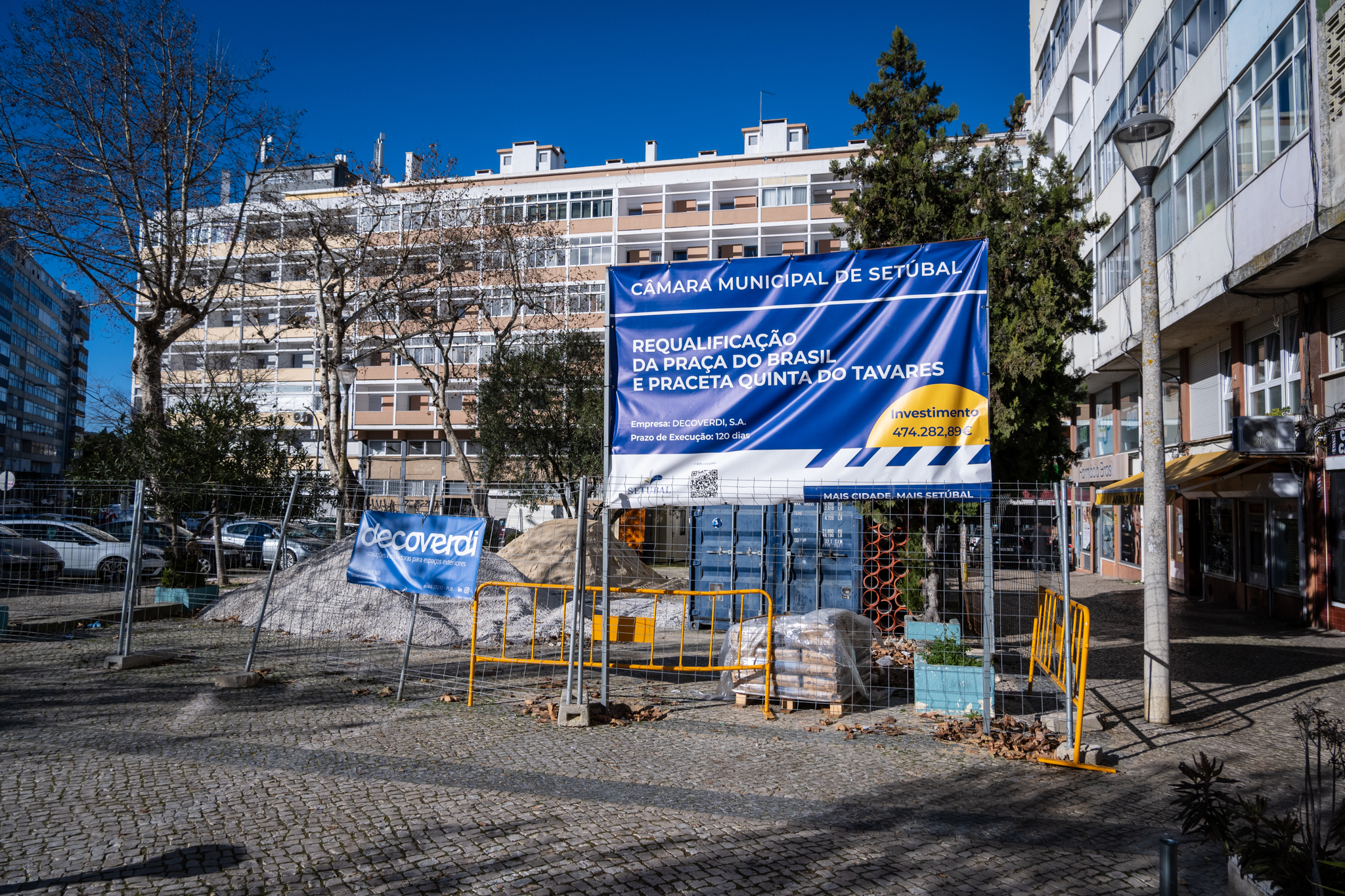

O caráter familiar e a vertente humanizadora do espaço público na nova Praça do Brasil, que pretende tornar-se um espaço de uso diário, são acentuados pela criação de três espaços verdes em forma de “ilha” e de um largo central, que servirá como ponto de encontro de referência, no cruzamento dos vários atravessamentos. A Praça do Brasil vai possuir bancos corridos, bem como mesas e cadeiras, o que permite a realização de jogos de convívio, trabalho ocasional, refeições e merendas, ou meras conversas.
Nas áreas verdes, com rega automatizada enterrada, são mantidas e reforçadas as espécies arbóreas existentes mais relevantes, optando-se ainda por espécies arbustivas de cores que mudam com as estações, para contrastar com os relvados e as zonas pedonais e criar um ambiente de jardim público convidativo ao usufruto.

Nas zonas não relvadas, o pavimento será em mosaico antiderrapante, em tons de cinza e negro, enquanto o mobiliário urbano é composto por bancos com dois metros de comprimento, em betão cinza-claro, alguns dos quais com as costas em madeira. A nova Praça do Brasil contempla ainda amplas áreas de atravessamento pedonal que permitem ligações entre as avenidas da República da Guiné-Bissau e dos Ciprestes.
A empreitada em curso vai também requalificar a rede pluvial na zona, para não existirem problemas com cheias resultantes das chuvas, e as infraestruturas de iluminação pública.
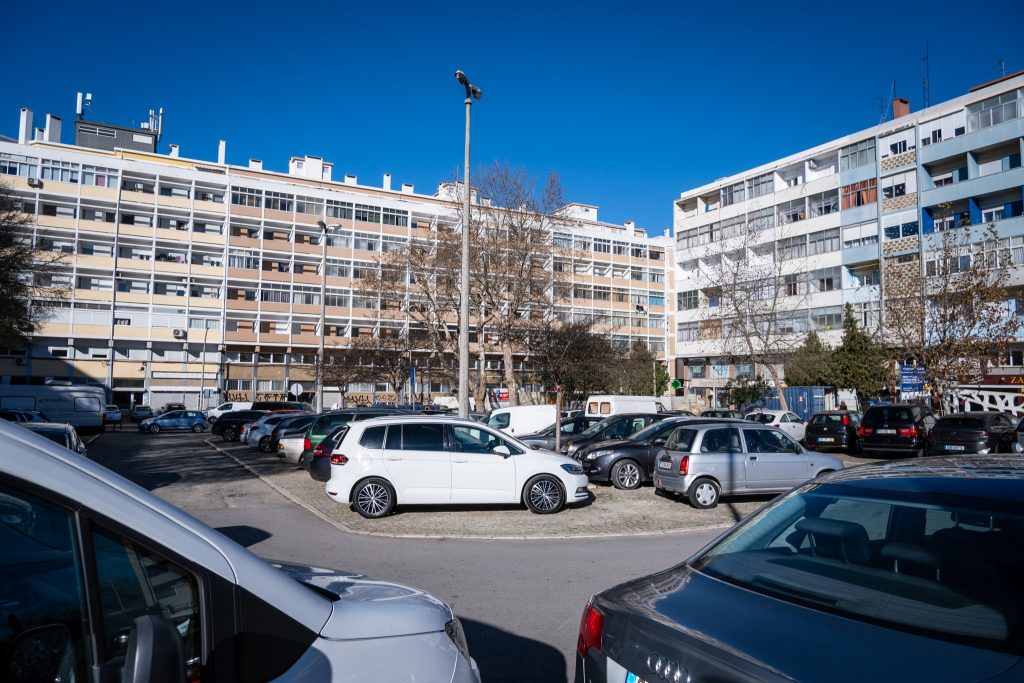
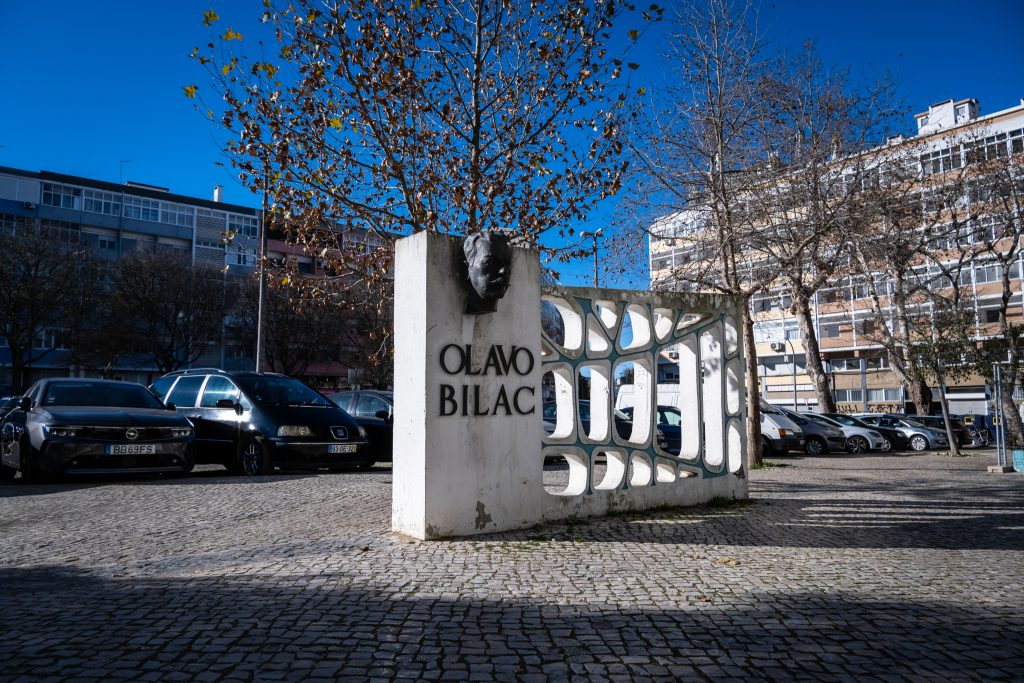
Dentro do escopo desta intervenção, destaca-se ainda a conclusão do processo de revitalização da recém-remodelada rotunda da Praça do Brasil, situada em frente à estação. Essa conclusão dar-se-á com a instalação de uma escultura concebida pelo artista Ricardo Romero, retratando uma cena lúdica onde uma criança interage com uma locomotiva. Essa representação visa evocar a história da estação ferroviária que perdura nesse local. A escultura estará harmoniosamente integrada a uma área ajardinada, beneficiando-se de uma iluminação cénica, consolidado a zona como uma das principais entradas da cidade.
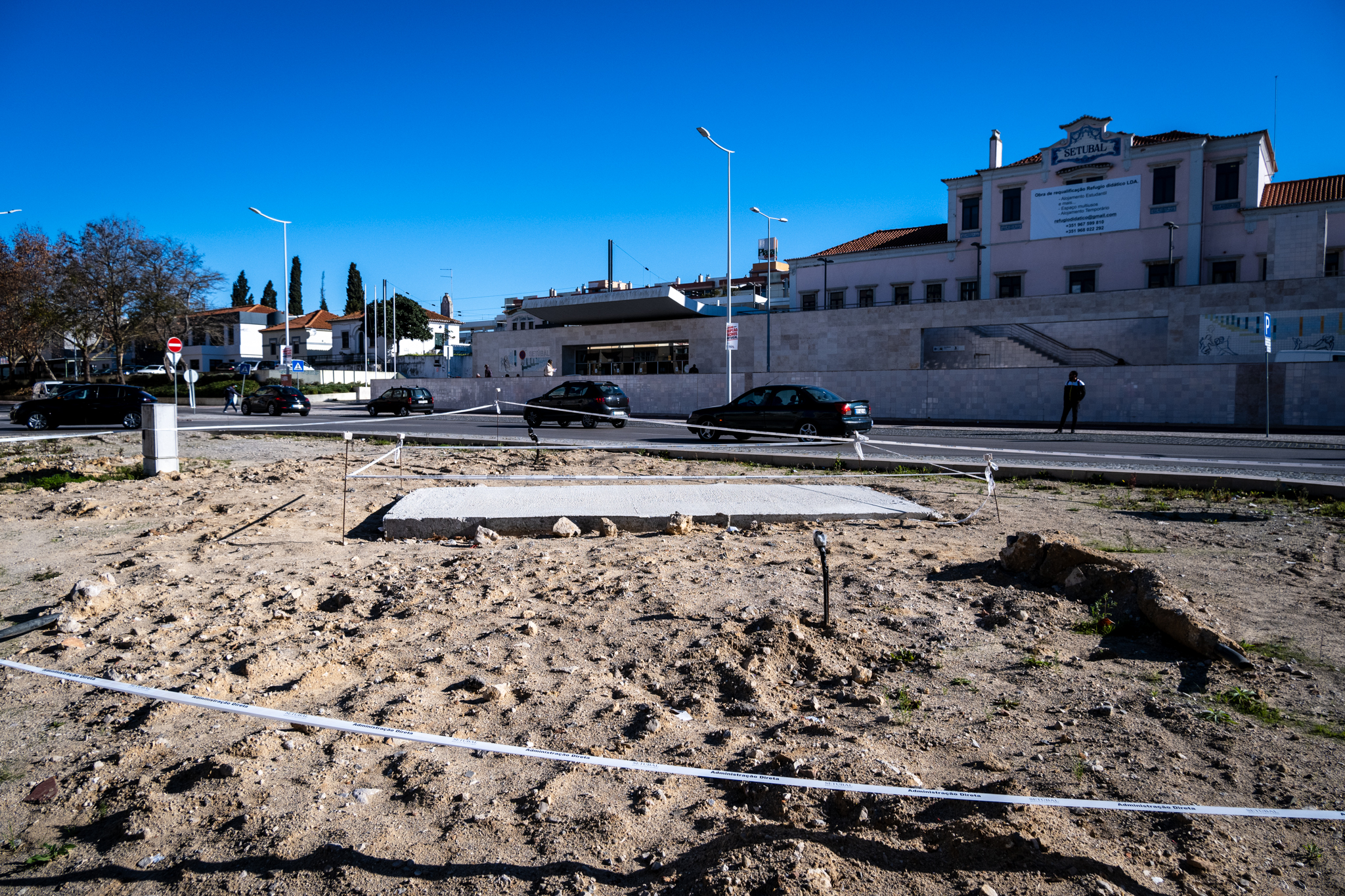
A requalificação da Praça do Brasil e da Praceta da Quinta do Tavares integra um leque de operações qualificadores que a Câmara de Setúbal está a promover, com mais de três dezenas de acções de larga escala a realizar ao longo do actual mandato até 2025, num investimento superior a 25 milhões de euros. Posteriormente a esta obra, a Câmara de Setúbal irá requalificar a Rua Olavo Bilac, ao lado da Praça do Brasil, estando ainda em estudo a forma de circulação – para já, mantém-se os dois sentidos de trânsito, mas estão a ser analisadas alternativas com apenas um sentido.

